NASA is planning to launch the Europa Clipper spacecraft in the near future. The spacecraft will make a long journey to Jupiter's moon Europa to explore the possibility of life on this icy celestial body.
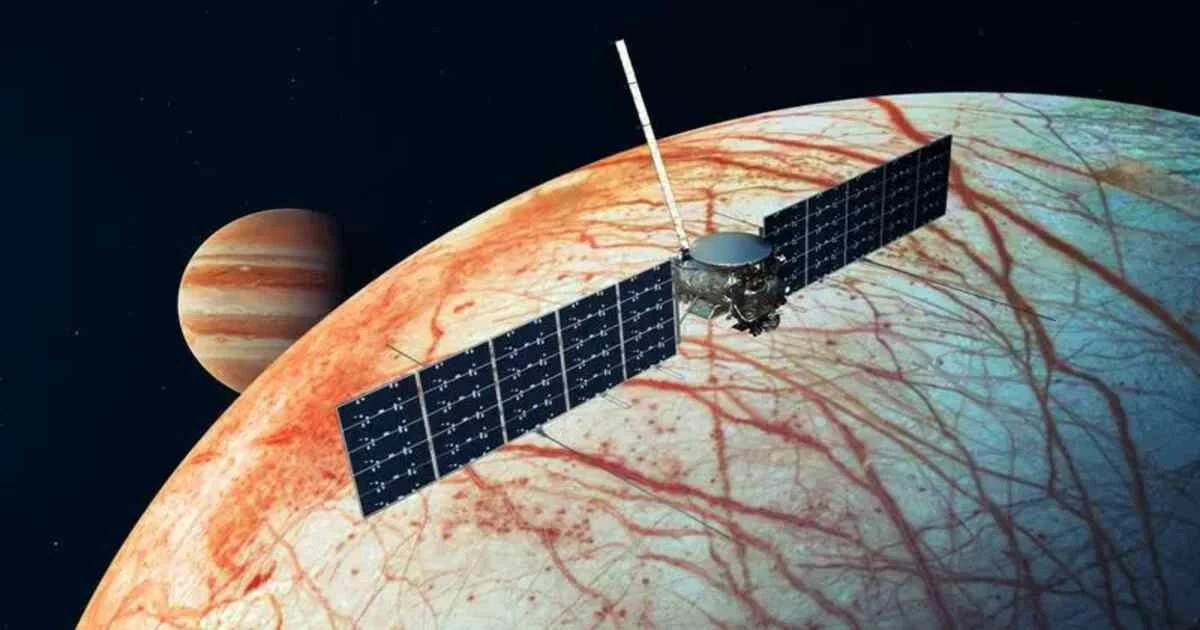 |
| Simulation image of the Europa Clipper spacecraft flying above the celestial body Europa. (Source: NASA) |
The US National Aeronautics and Space Administration (NASA) has just announced the postponement of the launch of the Europa Clipper spacecraft to prevent the impact of Hurricane Milton.
Europa Clipper was originally scheduled to launch on October 10 from the Kennedy Space Center in Florida. NASA will decide on a new launch date between now and November 6.
Europa Clipper is the largest spacecraft NASA has ever built, measuring 30.48m long and 17.67m wide, weighing about 6 tons. The ship will have a journey of up to 2.8 billion km in space to reach the celestial body Europa.
The fourth largest of Jupiter's 95 moons, Europa is 3,100 km in diameter, with a surface that is riddled with cracks and ridges, and very few impact craters. Europa's surface has led NASA scientists to believe that there is a layer of water beneath its outermost layer, and that this underground ocean could be hiding the extraterrestrial life we are looking for. The heat generated by friction between Europa's layers is enough to keep it warm enough to not freeze and to sustain geological activity in its outer crust.
Currently, researchers are not sure whether there is an ocean of water under Europa's frozen surface. But NASA scientists believe that the satellite has a saltwater ocean beneath its icy crust.
The US agency said the Europa Clipper mission aims to answer the question: "Does Europa contain an ocean beneath the ice, how deep is that ocean, and is its chemical composition friendly to life forms?".
Europa's surface is constantly bombarded by cosmic radiation, making it impossible for life to exist. But scientists hope that beneath the thick layer of ice on the surface of this celestial body, there may be life in the water below.
Through its flybys of the icy body, NASA plans to look for areas where life could exist under the ice.
The spacecraft carries instruments including a wide-angle camera to study geological activity, a thermal imaging system to measure surface texture and detect warmer areas on the surface, a spectrometer to examine the chemical composition of Europa's gas and surface and detect any water currents on the surface. The spacecraft also has instruments to map Europa's surface.
Other instruments will measure the depth and salinity of Europa’s ocean, as well as the thickness of its icy crust. A mass spectrometer will analyze gases in Europa’s thin atmosphere. By examining the material in the plumes, it may be possible to understand what lies beneath Europa’s icy oceans.
Europa Clipper is expected to take more than five years to reach Europa. But be patient, because this is an exciting opportunity for humanity to get one step closer to finding life beyond our home planet.
Source: https://baoquocte.vn/nasa-va-cong-cuoc-tim-kiem-su-song-tren-thien-the-europa-289301.html








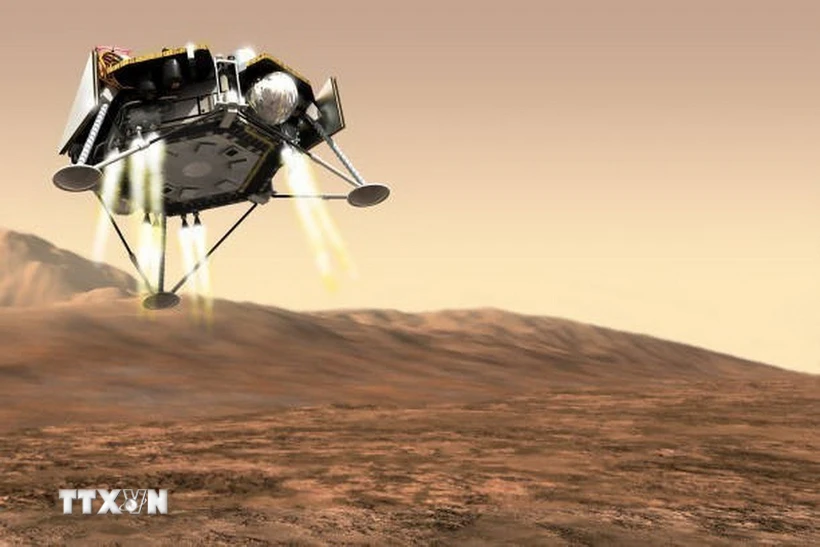





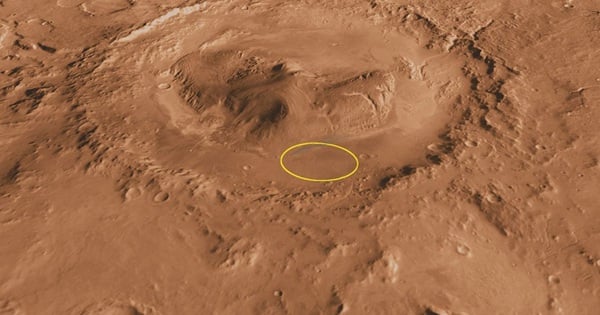

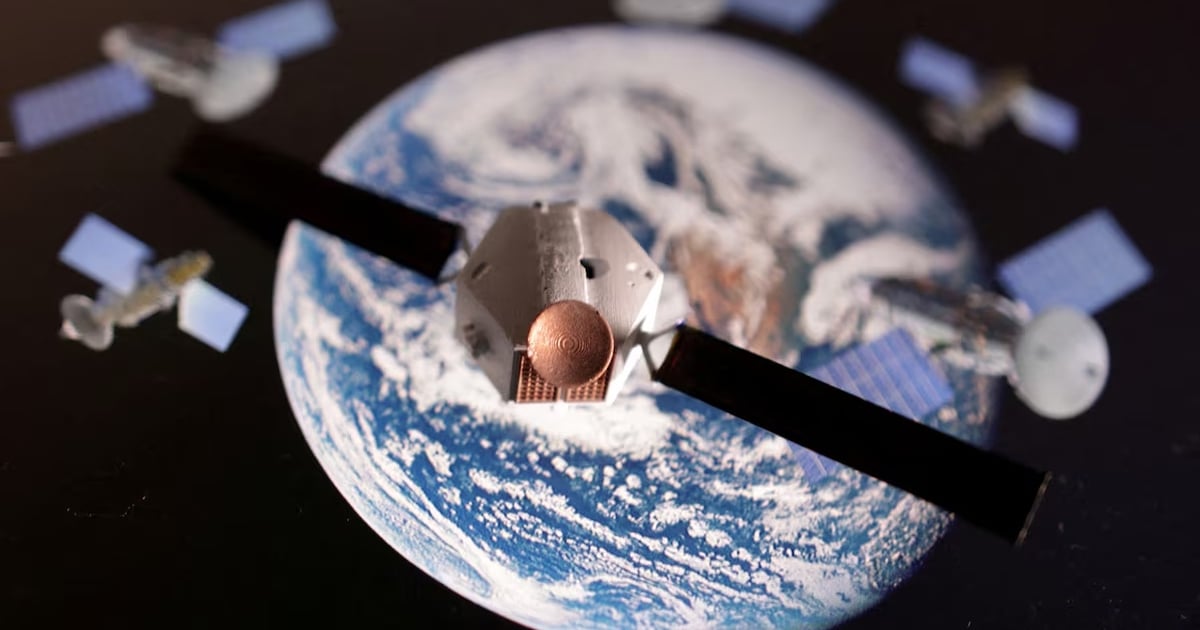

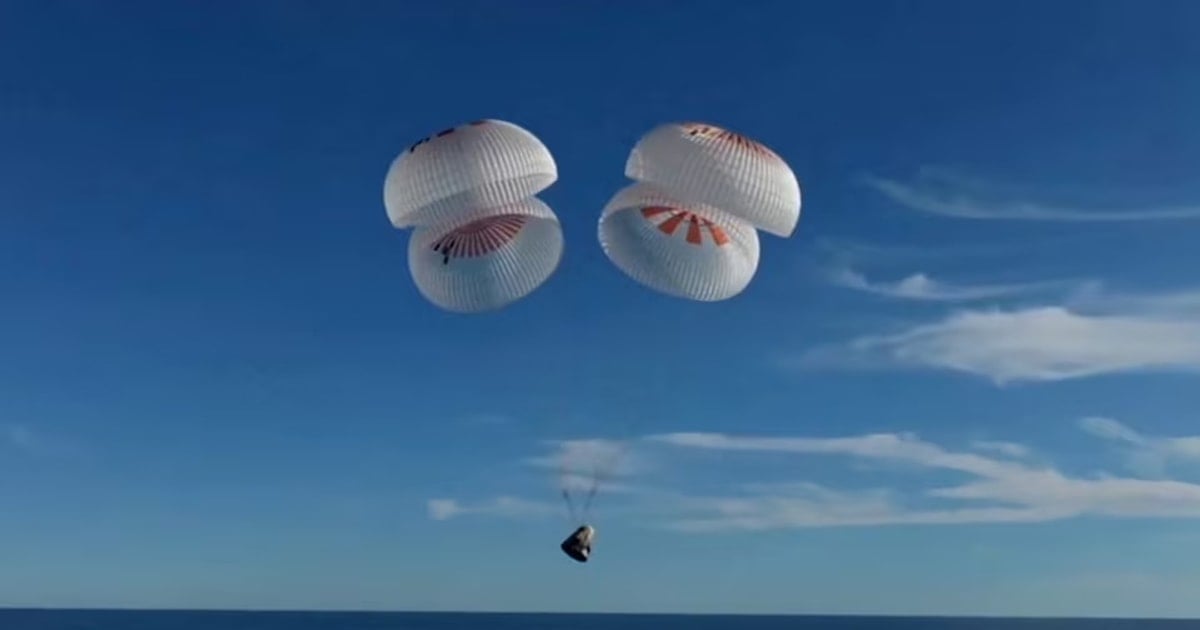





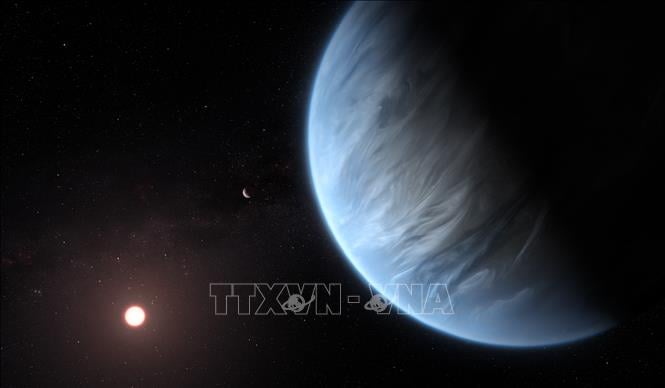




































































Comment (0)